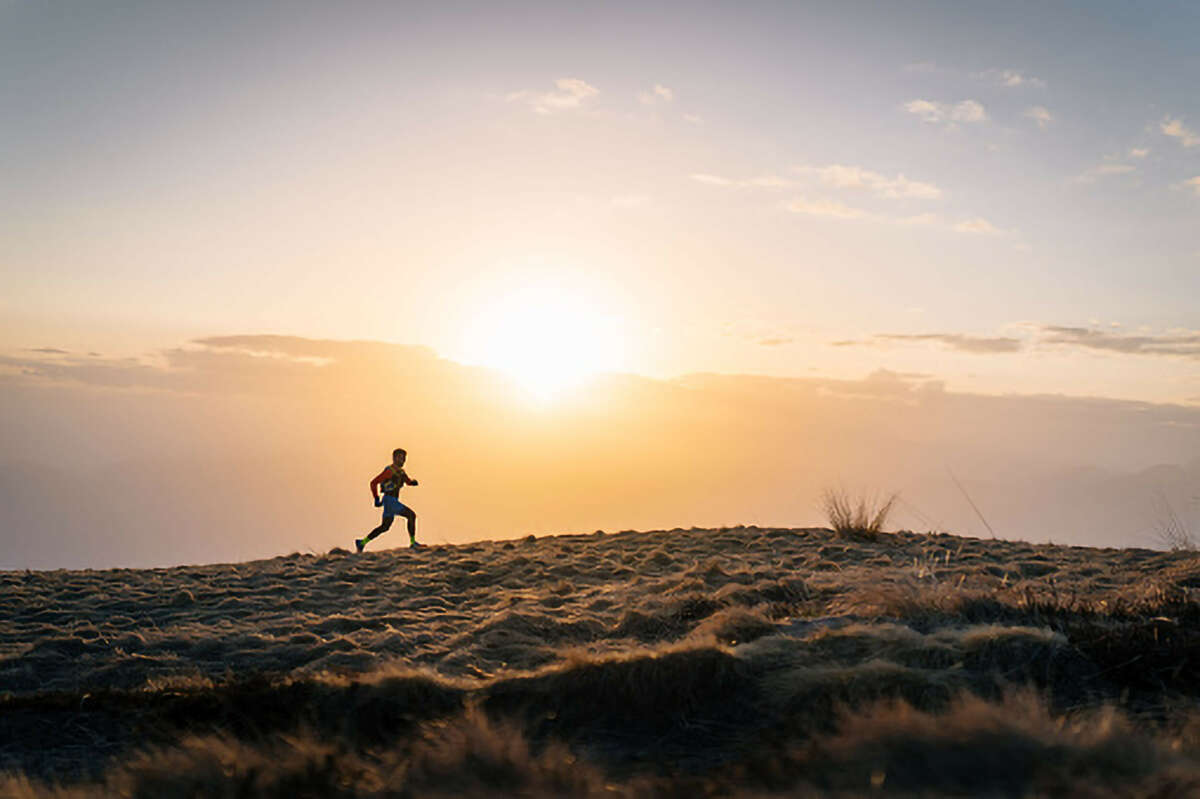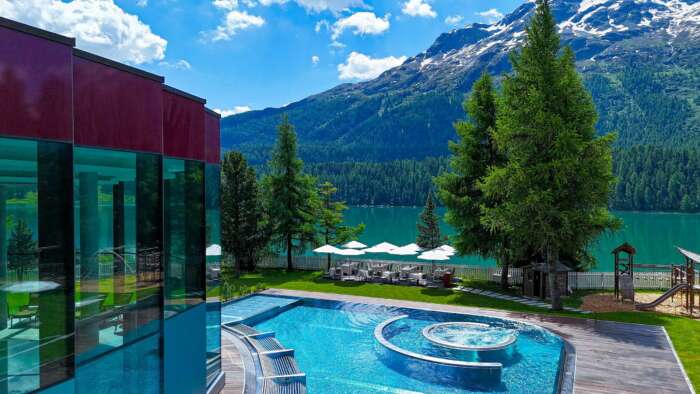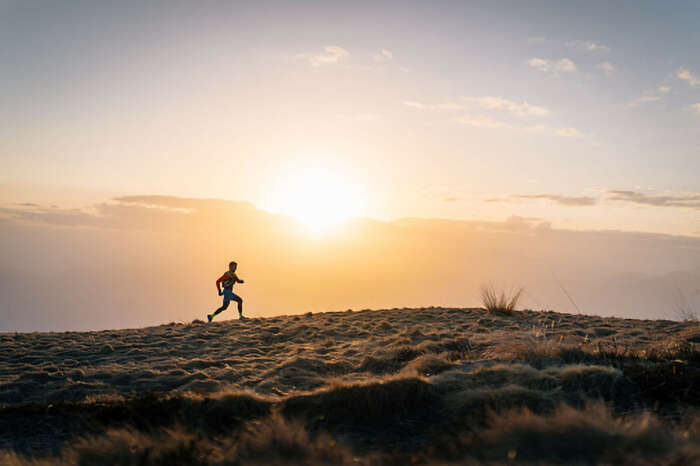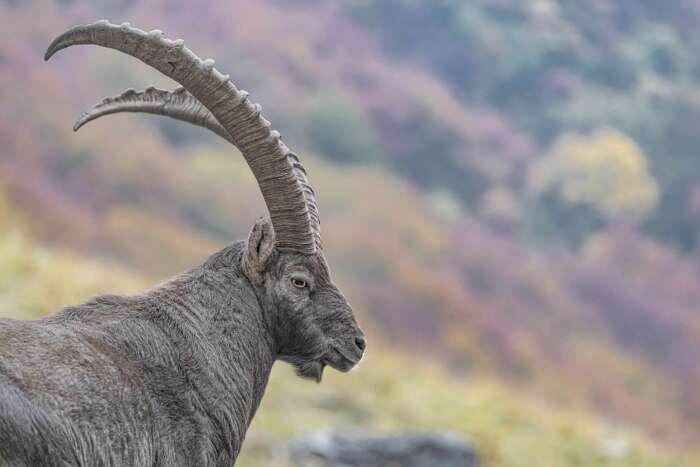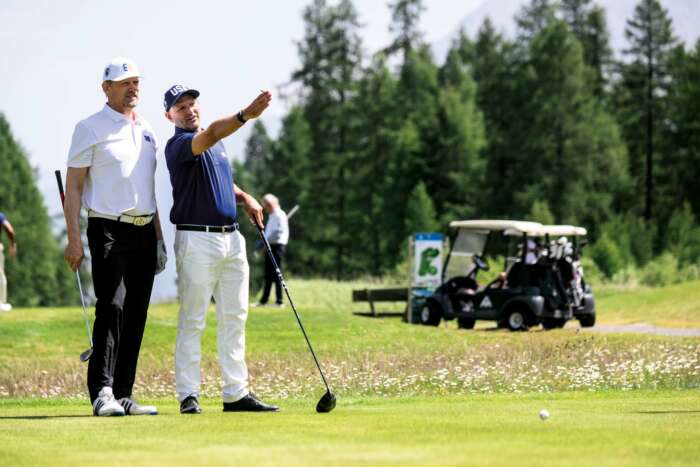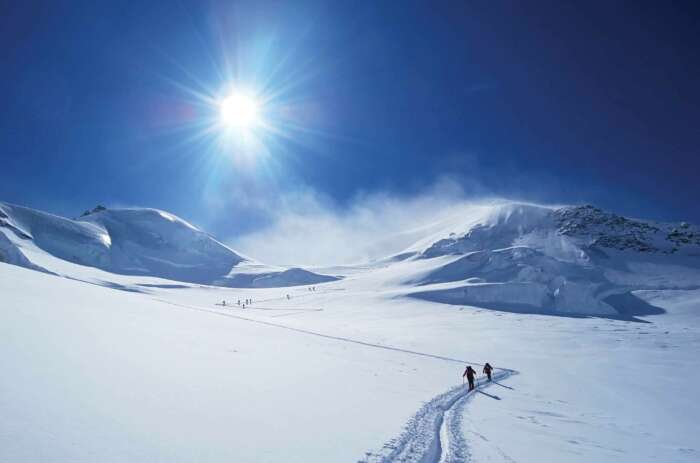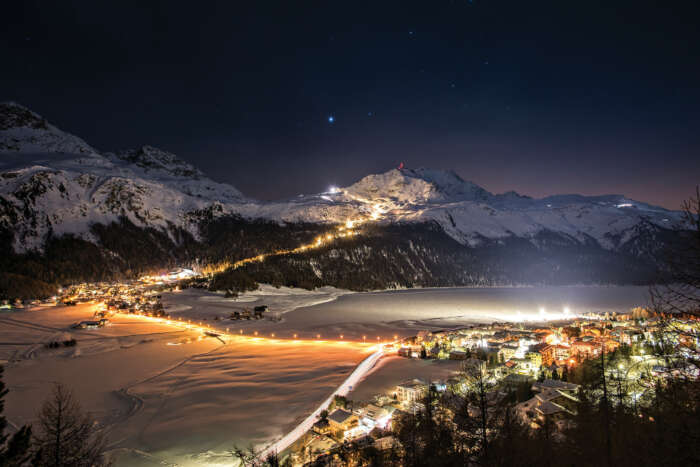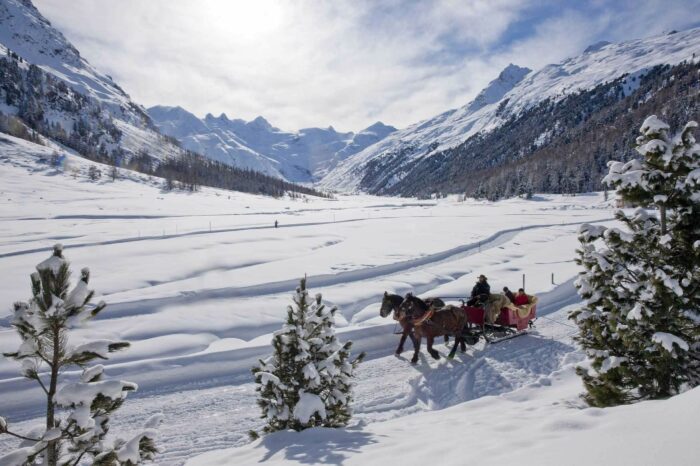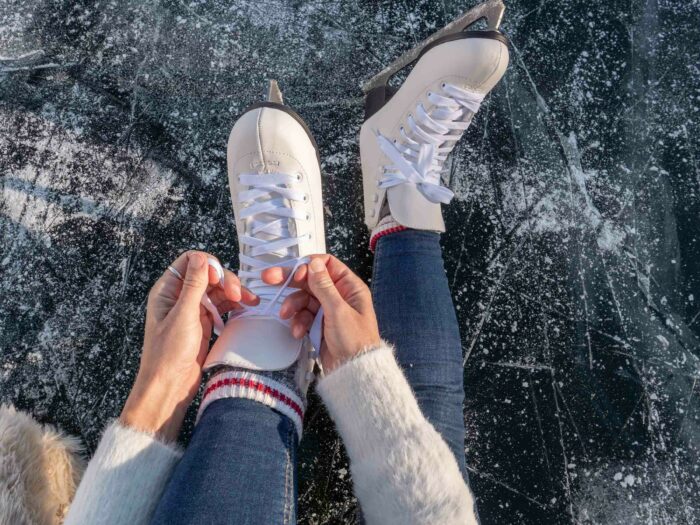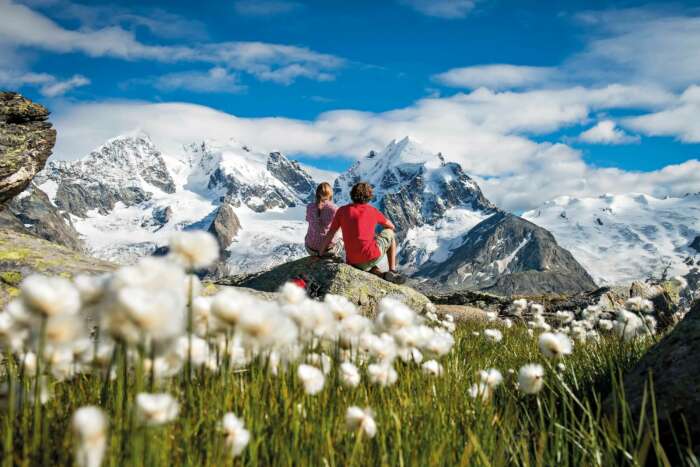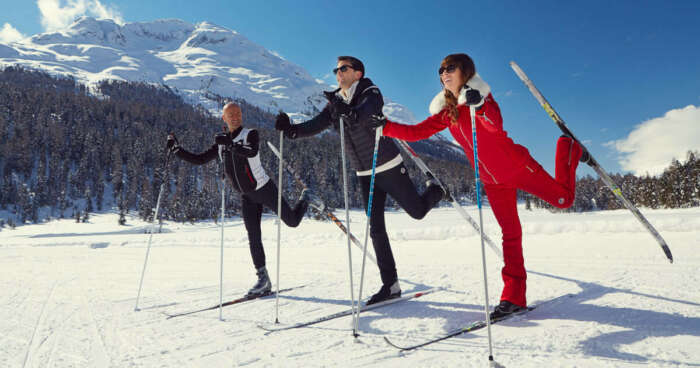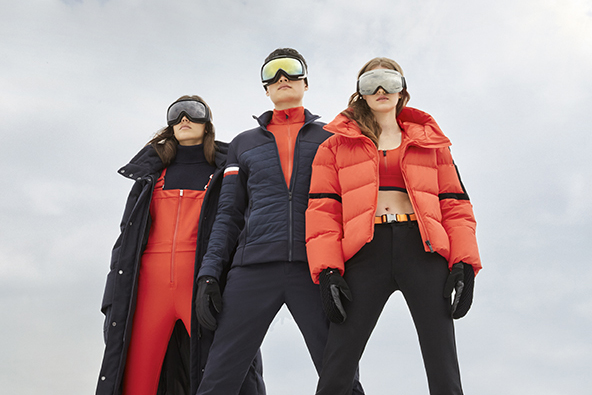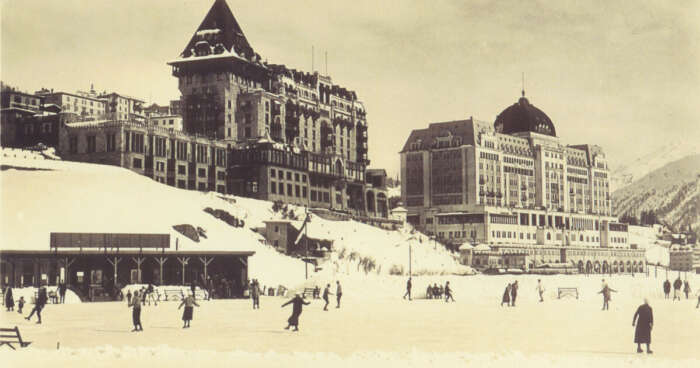“Training with less oxygen to build more red blood cells is one big advantage of training at high altitude,” says German marathoner Richard Ringer, as he prepares for the upcoming 2024 Olympic Games in Paris.
The long-distance athlete trains in St. Moritz at least once a year ahead of his biggest races. And he has seen big results. During the 2022 European Championships, the German took the gold medal from Maru Teferi in the final 200 metres of the marathon, crossing the line in 2:10:21. His sprint finish amazed commentators and spectators alike, because Teferi appeared to have the race sown up.
“Several times I did good results directly after a St. Moritz training camp. When coming down from altitude and competing the benefits are huge,” explains Ringer.
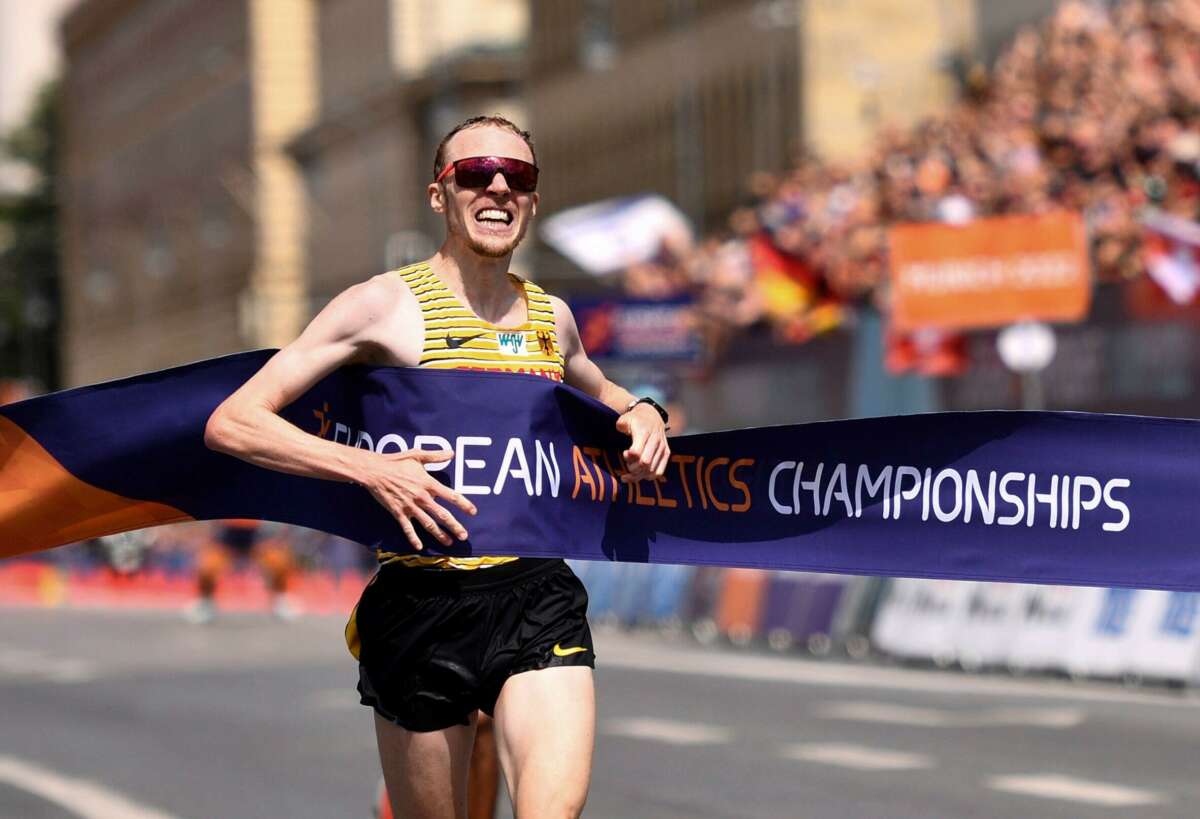
Standing at 1,822 metres (5,978 feet), the picturesque town of St. Moritz is the perfect height for altitude training. In fact, athletes have been coming to the Swiss town since 1967, when the first training centre was set up. This was a deliberate strategy to prepare athletes ahead of the 1968 Olympic Games in Mexico City, held at 2,240 metres (7,349 feet) above sea level.
For more than half a century, elite athletes have been travelling to the Upper Engadin before major sporting events, including the European and World Championships and the Olympics Games.
What makes St. Moritz so ideal is the accessible location combined with its moderate altitude. This is thanks to the biggest health and performance benefits being found at 1,800 to 2,500 metres (5,900 to 8,200 feet) above sea level, explains Hannah Bashford, a performance physiologist with Loughborough Sport, based at The University of Loughborough in England.
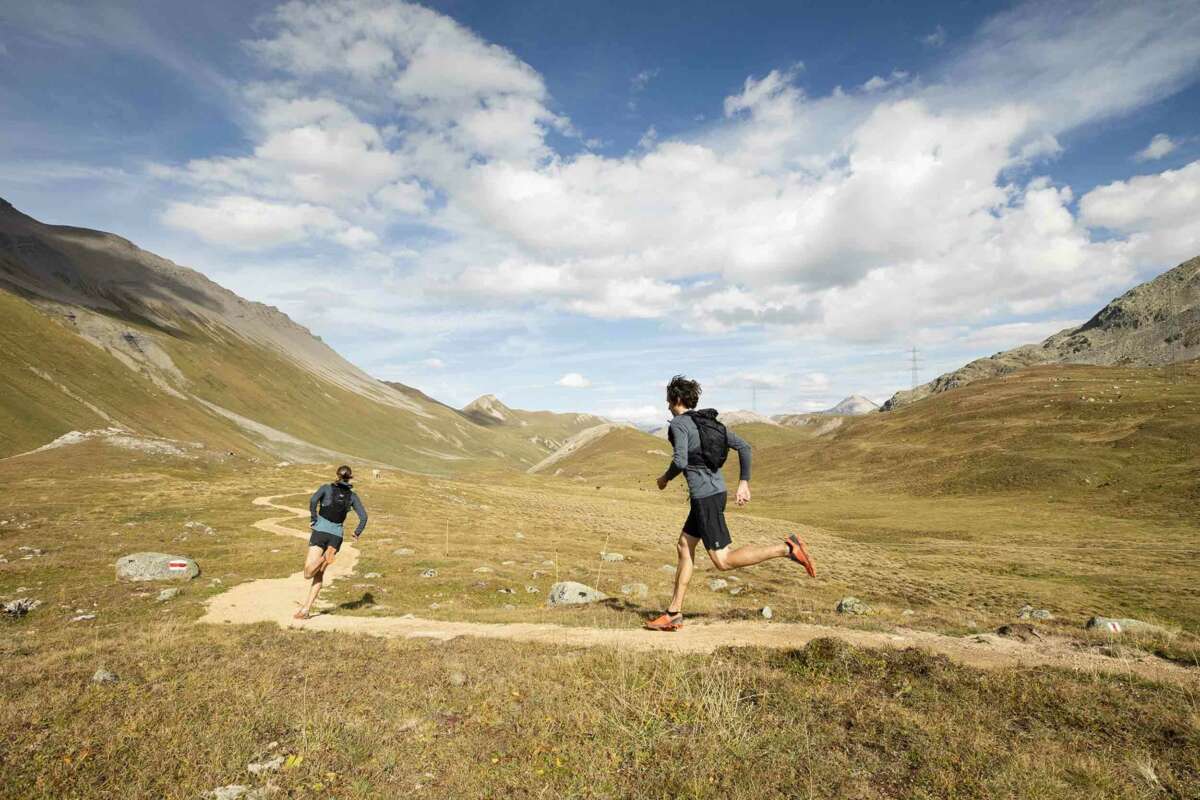
Whilst the common misconception is that there is less oxygen at altitude, the oxygen levels actually remains at 21 per cent, but there is a reduction in the barometric pressure. “This causes oxygen molecules to be more spread out. For each breath, you are breathing in fewer oxygen molecules. This leads to physiological benefits including an increase in haemoglobin and red blood cell count,” says Bashford.
Haemoglobin is a crucial component for performance because it is a protein found in red blood cells that carries oxygen around the body. Although levels vary between individuals it tends to be higher in men.
Completing your usual exercise programme at altitude can increase haemoglobin mass by three to five per cent, continues Bashford. “When you come down from altitude and perform in sport, you have more molecules available to carry oxygen. This can make you more efficient and increase your VO2 max [maximal oxygen consumption]. It can also help with your capacity to tolerate work and higher intensity efforts,” she explains.
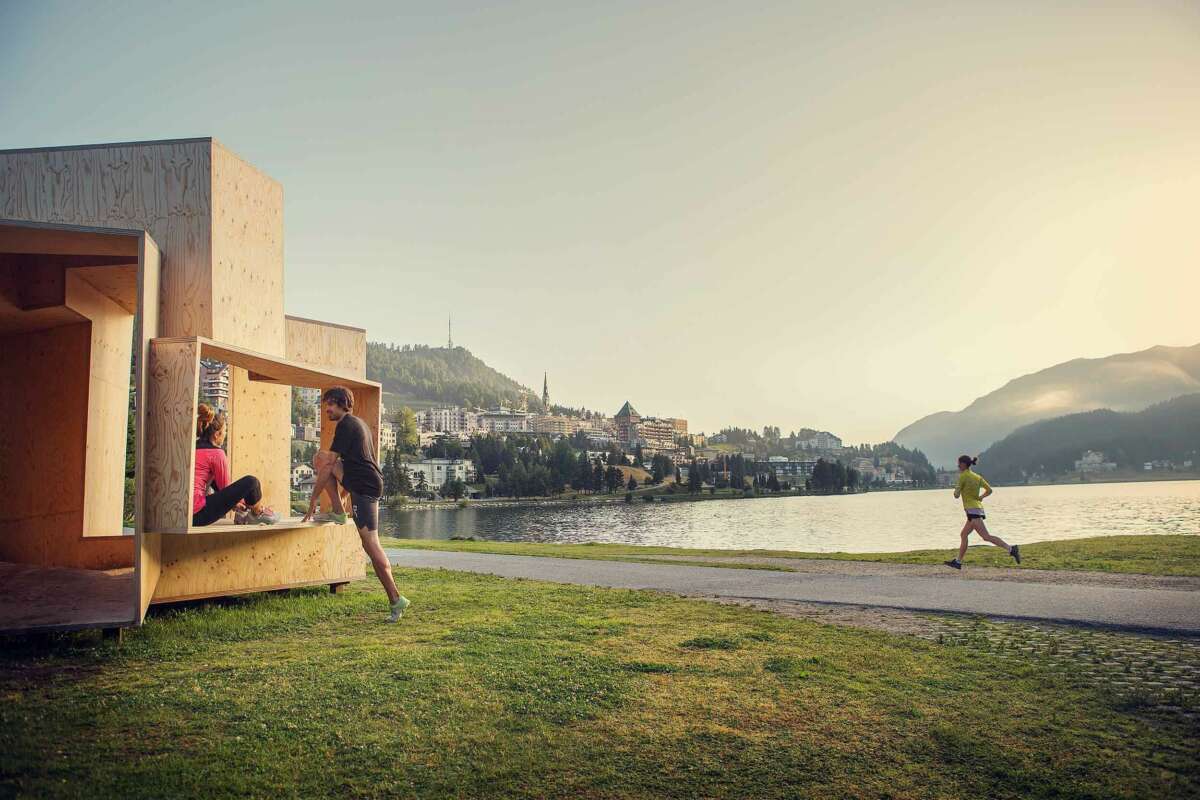
Health benefits for all
Even for recreational athletes there are short-term gains to be had from a single stay at altitude, with four weeks, three times a year being the sweet spot for long-term performance gains. Studies have shown that just two weeks in the mountains can change your blood for months and living at altitude is associated with lower mortality and risk of death from cardiovascular disease or certain cancers. So, it’s no surprise that health-conscious travellers keep returning to St. Moritz where they can gain the health benefits of altitude while also exercising alongside the elites.
Ringer, who spends most of his time on the trails between Pontresina and Sils, is returning to the mountains of St. Moritz in mid-June 2024 for a month of training prior to the Olympics in Paris. He loves the versatility of the Swiss town, which has access to the cycling routes in the Bernina Pass and the large swimming pool at the Ovaverva sports centre. And there are other local health benefits to be found, too. “One secret spot is the fountain in the Klinik Gut St. Moritz. There is mountain water with a lot of good minerals inside. I also love ice bathing after a hard workout in St. Moritz lake,” he says. Although he has a tough training routine, the European Championship medallist also finds spending time in St. Moritz relaxing, particularly enjoying the panoramic alpine views when taking the gondola to Piz Nair, Corvatsch and Muottas Muragl.
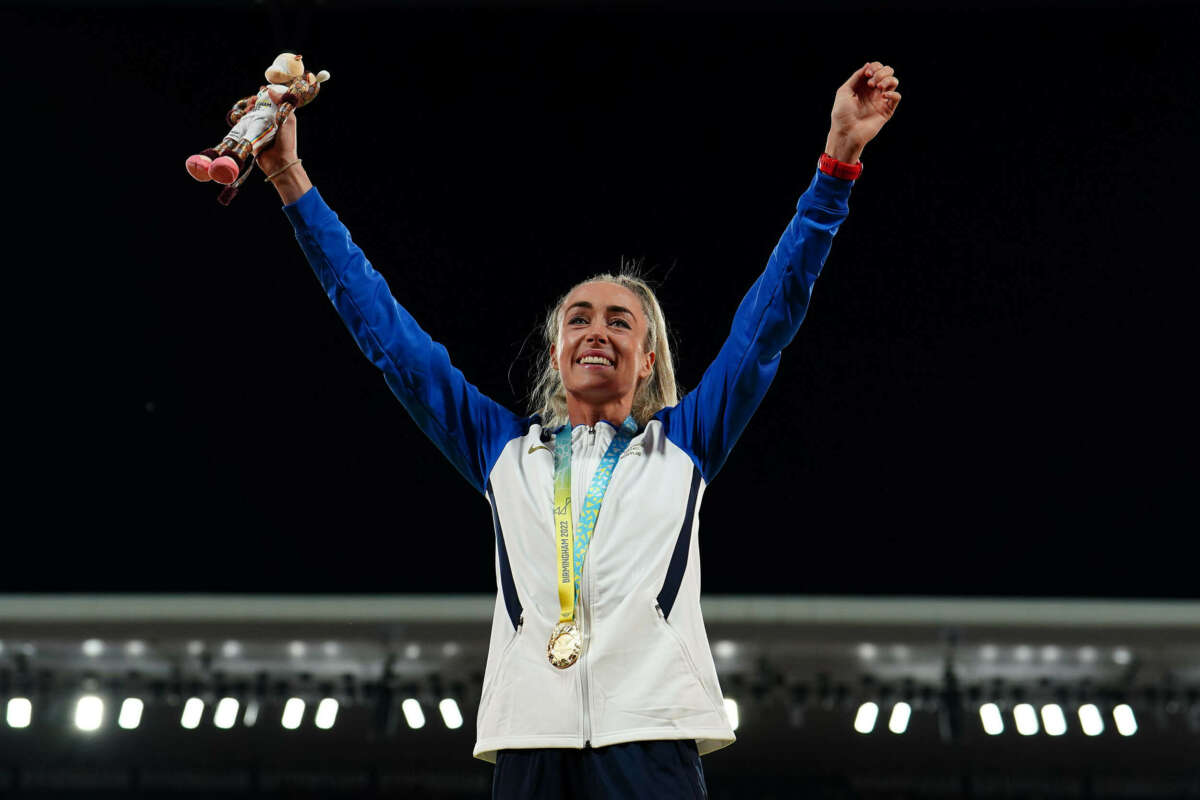
Ringer is one of thousands of athletes who continues to flock to the town to train each year. Triple Olympic medallist Eilish McColgan also finds altitude training “hugely beneficial”.
“I’ve set all my fastest times off the back of altitude training. You notice a big difference when you come back down to sea level. You feel stronger and that you can keep going for longer,” says the Scottish middle-distance runner.
“St. Moritz is a great location for it. Flat, pristine trails that go on for miles. It’s incredibly scenic with fresh, crisp mountain air. The track and gym are located centrally. It’s got everything you would need as an athlete.”
Whether you are a competitive or recreational athlete, you can find out more about St. Moritz as a high-altitude training base here.
